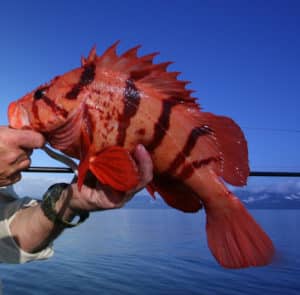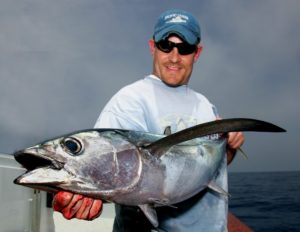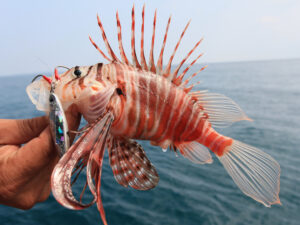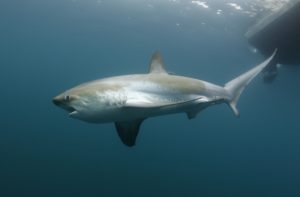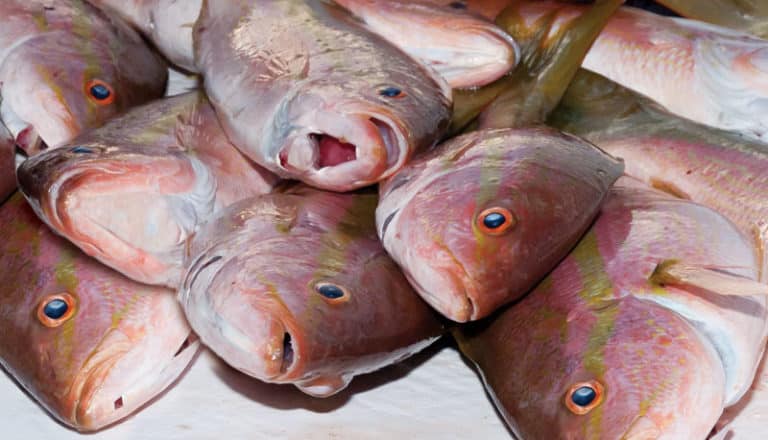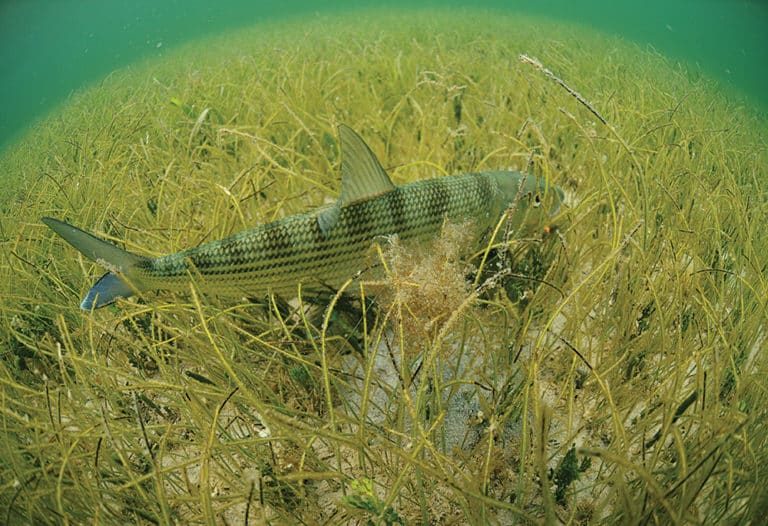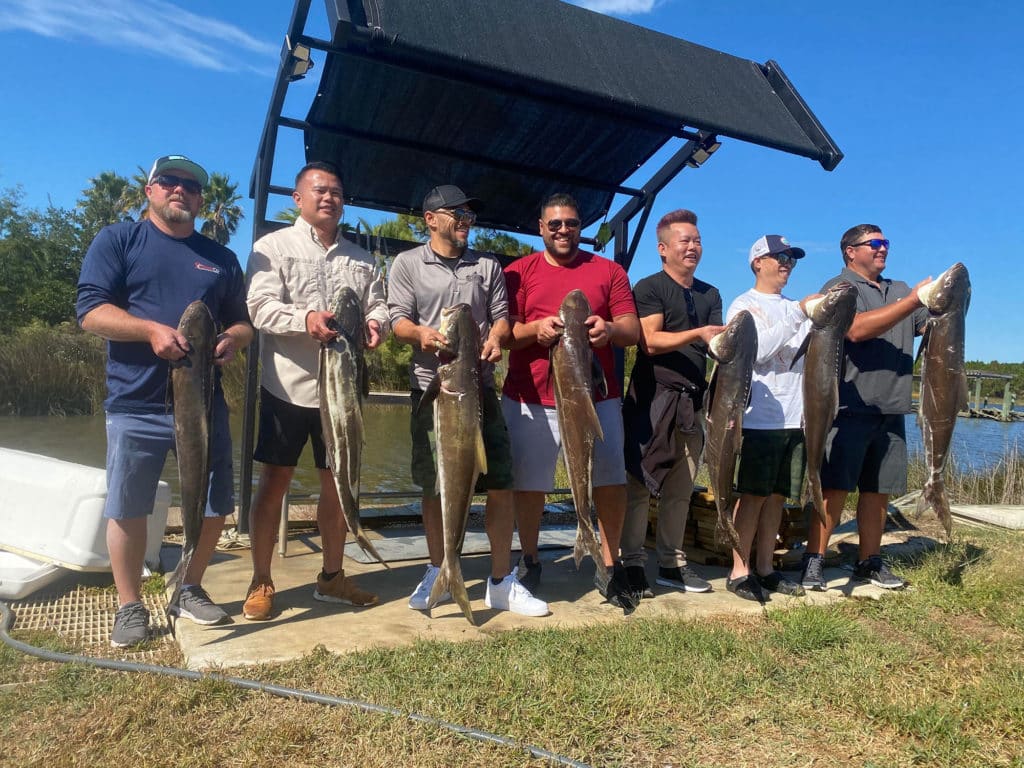
Native Mississippi fisherman Nick Strayham always knew the first full moon in October was the accepted time that cobia would be cruising back east along his area of the Gulf Coast during their reverse migration back to winter in the warmer water of South Florida.
So, on Oct. 9, at the height of the full moon, he and some visiting work buddies loaded up gear and headed offshore from his home port of Biloxi for a go at hard-fighting cobia.
“We got a late start, about 11 a.m., because the weather was supposed to be awful,” he says. “But it turned out perfect, calm and sunny. So, we jumped at our good fortunes and headed offshore. We were on my buddy Josh Clifford’s 36-foot Yellowfin ‘StrikeZone’, with three 300 hp Yamahas and Josh at the helm.”
There were 9 anglers aboard, including Strayham and Clifford. The other fishermen were newbies to offshore fishing, all from New Mexico on a business outing with Strayham for his Lamey Electric business in Biloxi.
The first order of fishing was catching live bait, which Strayham said was easy with two cast of a net, as menhaden schools are thick along the Mississippi Coast now.
“Then we went looking for some structure that would hold cobia,” says Strayham. “Almost anything can be good, range markers, channel markers, buoys, ledges, even big crab traps. All of them can attract bait, and that attracts cobia.”
Thr first spot they tried, they sent a live menhaden bait to the bottom, and immediately got a strike. One of the New Mexico visitors who’d never even seen saltwater previously was hooked up. He fought the fish for 15 minutes, and when it came topside and into view near the boat, other cobia had followed the hooked fish to the surface.
“We had other rods rigged and ready with live baits, so we could pick out the bigger fish with the hooked one that we also wanted to catch,” says Strayham. “This way we had double headers, and once we had a triple header of cobia.”
All their fish were big and fat, ranging from 30 to 45 pounds. Through the day they saw about 30 cobia around various structures they tried, and only a couple cobia were small fish. The only free-swimming cobia they spotted were four fish following a large sea turtle.
By mid-afternoon, the anglers had caught seven large cobia, losing only one fish. While they could have caught more, seven hard-battling cobia is plenty good enough for a short, four-hour fishing trip.
The autumn run of Gulf cobia is really overlooked, Strayman explains. Hunting season is on, kids are back in school, football games, and other fall activities have a lot of people doing other things instead of chasing cobia.
“Everybody loves spring fishing for migrating cobia when they’re coming out of South Florida and skirting the coast heading west towards Texas,” he says. “But the fish head back in the fall and are an overlooked target for many fishermen.”
The arrival of big cobia in such abundance near Biloxi now bodes well for similarly good fishing over the next couple months to the east and south along the Gulf Coast. Cobia eventually spend the winter around reefs, wrecks and ledges off South Florida, until spring weather triggers the opposite migration north, then west, along the Gulf Coast.

